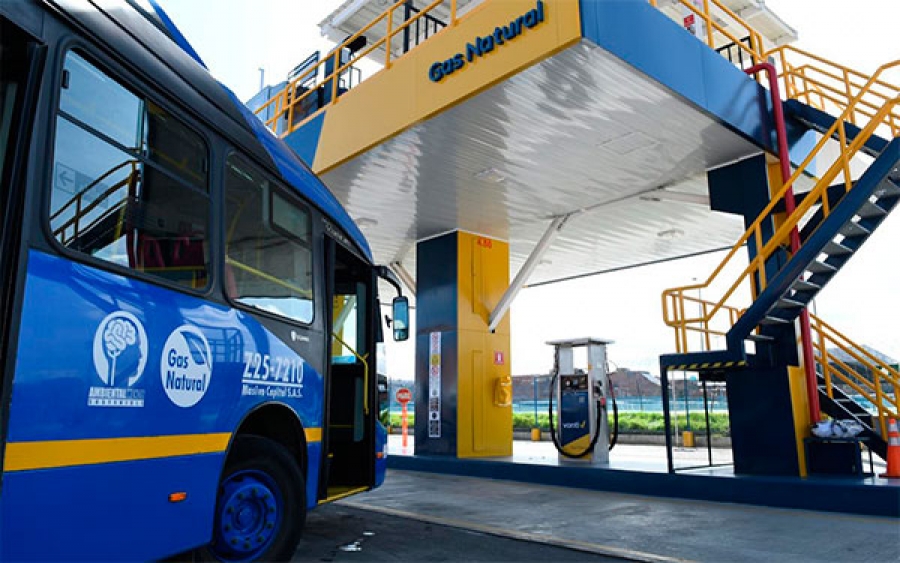Beyond the fact that vehicles that use Natural Gas for Vehicles virtually reduce the emission of polluting particles and CO2 by up to 50% compared to other liquid fuels, Vanti has made it known that NGV should be considered as one of the most important allies relevant in the context of sustainable mobility.
With more than 30 years in the Natural Gas (NG) market, Vanti has exposed through an exclusive interview with Latam Mobility, that electric mobility technology will coexist with that of NGV, because the latter is “complementary and not exclusive. “
“The possibility of producing electrical energy by means of stationary motors, the liquefaction of natural gas and the low costs of H2 production by means of Natural Gas, generate a very wide spectrum in all the possibilities of our energy in relation to mobility,” said John Ladino Umbarila, Vanti Mobility Market Director.
More than 750 NGV stations installed over three decades of progress at the infrastructure level are part of the bases that Vanti will use to bet on Natural Gas Vehicles, even taking into account that electric mobility is going through a great boom.
“In Colombia we have a very important energy matrix. We have proven NG reserves for more than 9 years and in the process of analysis and exploration of almost a century of availability (According to the Mining and Energy Planning Unit). This makes Natural Gas an ideal resource to complement the country’s energy needs in the long term, added to the fact that it maintains an ideal cost-efficiency index (Capex + Opex) for passenger and cargo transportation systems,” added the representative.
Opportunities in the Colombian market
According to Ladino, the “new normal” and commercial dynamics have caused the budget of operating costs in the transport sector to be in the process of increasing the units belonging to the interurban dedicated cargo fleets, a fact that has positioned NGV in a positive way in the middle of the energy transition.
“Chevrolet, Hyundai, Kia, Nissan and Renault are some of the brands that have opted to create aligned models that favor our future prospects and, therefore, represent a real commitment to the Colombian market,” he said.
It should be noted that, at present, Colombia has more than 2,000 buses that run on Natural Gas Vehicles in some of the main cities of the country, such as Bogotá, Barranquilla, Cartagena and Medellín. These figures could increase considerably if there is a growth in the current trends of vehicles that circulate with NGV.
A space for NGV
On June 9 and 10, people interested in learning about the advances of NGV, specifically in Colombia, Central America and the Caribbean, will have an appointment at the “Latam Mobility Virtual Summit”, a meeting that will bring together the highest references in the sector , who will talk and debate with the aim of laying the foundations for a more sustainable future based on gas, for 2030 and 2050.
The event, which will be completely free and open to the public, will bring together more than 24,000 executives from Latin America and various parts of the world.
Free registration: www.latamobilitysummit.com.



